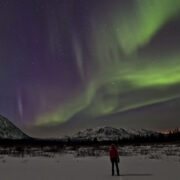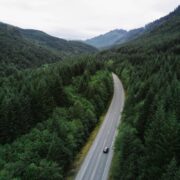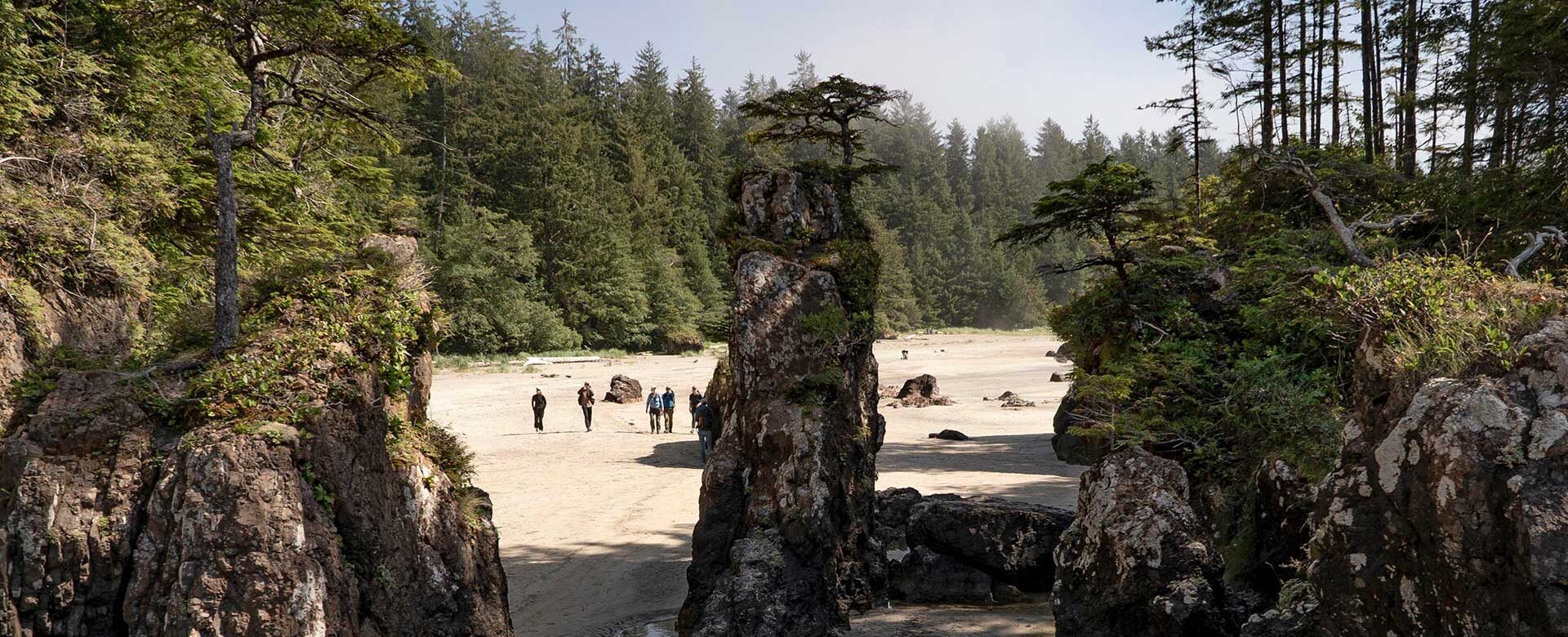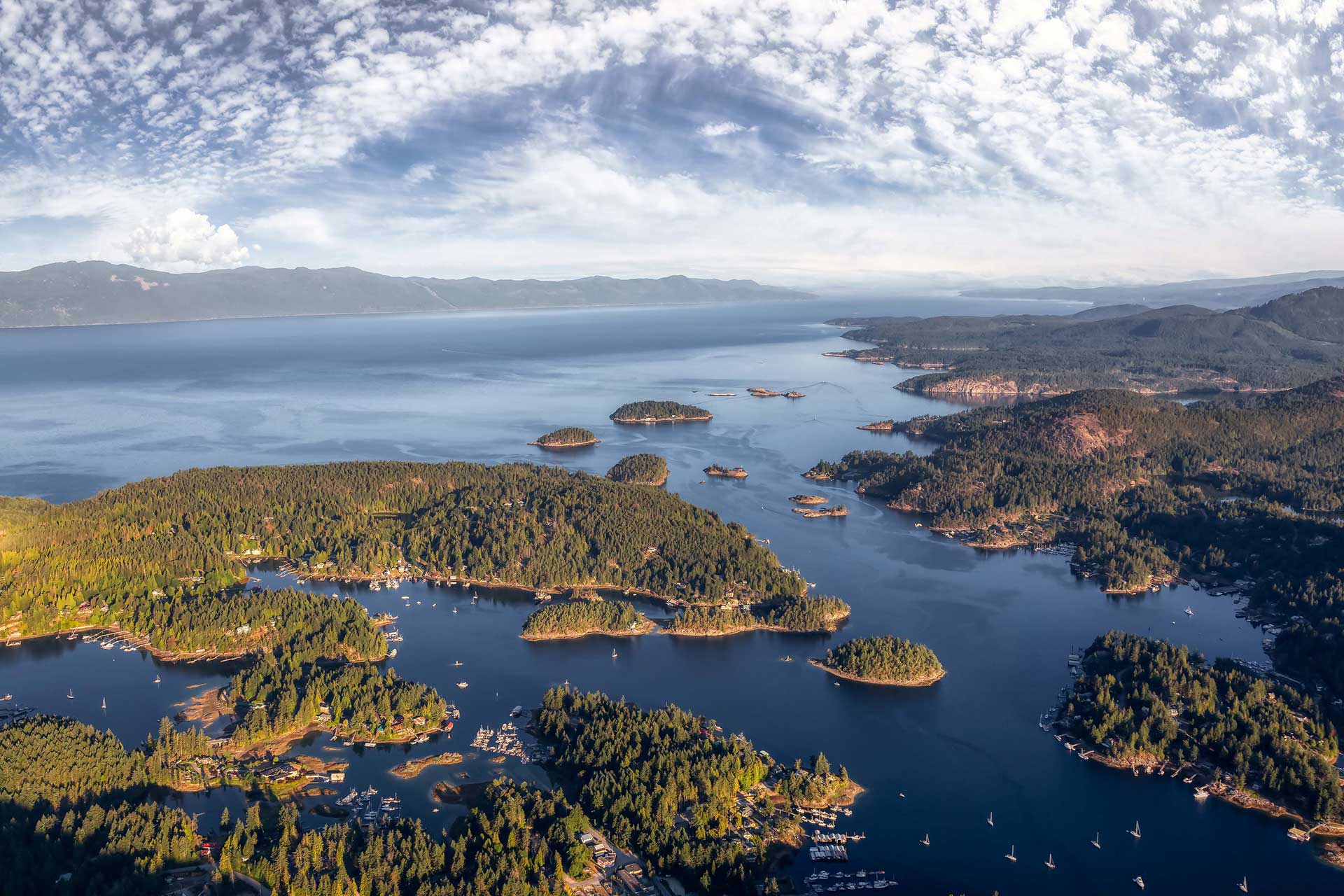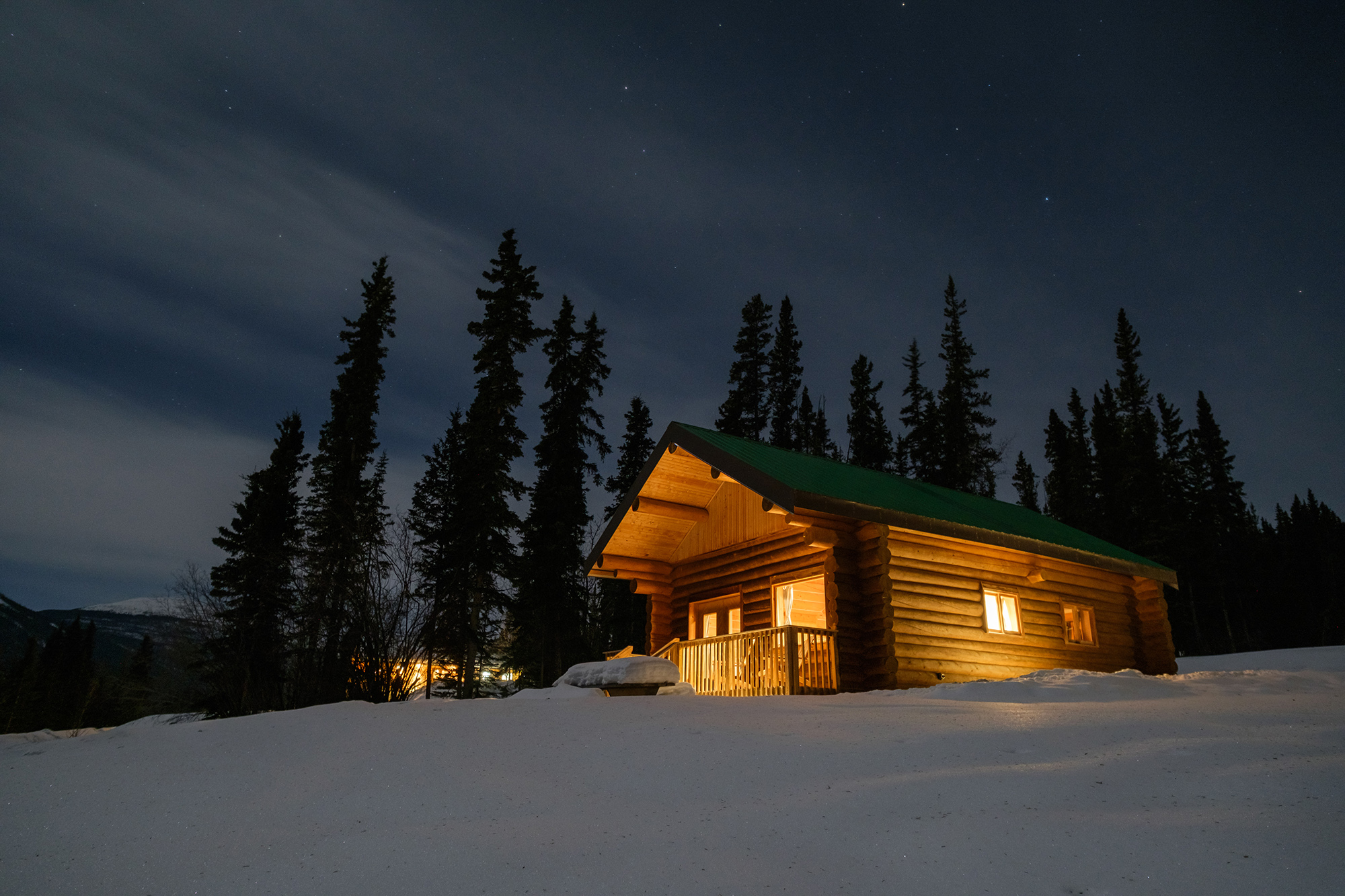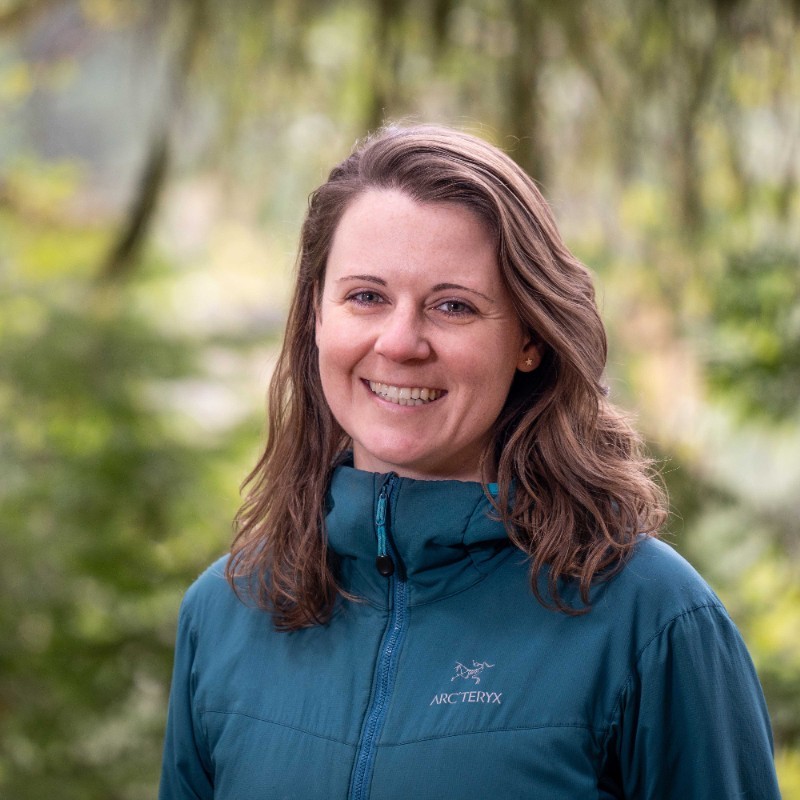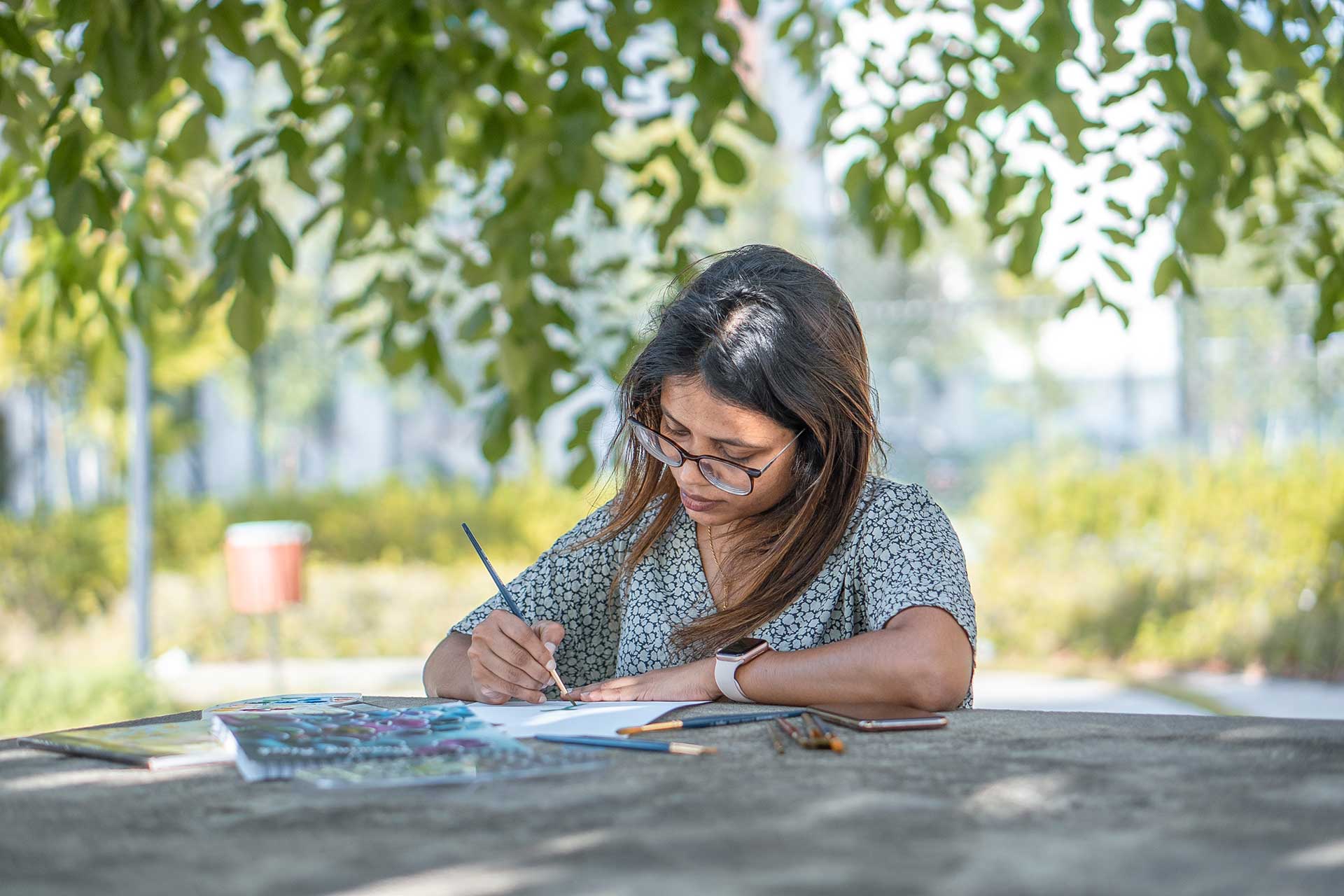
Mindfulness and Travel: 4 Tips For A More Fulfilling Experience
Date:
Author:
“The only thing that is ultimately real about our journey is the step that you are taking at this moment. That’s all there ever is.”
Eckhart Tolle
The idea of mindfulness has been with us for centuries, rooted in the ancient spiritual traditions of Buddhism and more recently popularized in Western society in the last few decades. Mindfulness is deeply integrated into practices like yoga and meditation, while also acknowledged amongst the academic and medical communities as a tool to promote psychological health (1). Recent focus on mental health amidst the pandemic has further popularized the practice of mindfulness. But what exactly is it, and how can we integrate mindfulness in our future travel experiences and everyday lives?
What Is ‘Mindfulness’?
To be in a state of mindfulness is to be entirely immersed in the present moment. Whenever you bring awareness to what you’re directly experiencing via your senses, or to your state of mind via your thoughts and emotions, you are being mindful (2). Mindfulness is also about cultivating curiosity, an open mind, and a willingness to accept our present moment experiences as they come (1)(3). Studies have shown that the trait of mindfulness is associated with a reduction in stress and anxiety, an increase in empathy, self esteem, and overall life satisfaction, among a series of other benefits (1).
When we travel, our mindset is essential to determining the outcome of our experiences, the impact we have on our fellow travellers, and our impact on the destination. Are we able to move past the frustration of a flight delay and enjoy the rest of the day? Can we embrace the challenge of hiking this mountain without wishing it was over? Staying grounded and fully connected to the present moment while travelling can ultimately mean greater fulfillment and personal wellness from the overall experience.
Bringing mindfulness into our travels ultimately begins at home. While often the pace of our everyday lives can make it challenging to slow down and truly take in the moment, conscious practice over time can help us cultivate the benefits. The ability to be mindful is available to us in every moment, whether through meditation, journaling, exercise, or mindful moment practices like taking time to pause and breathe when something triggers our stress (2).
Here we explore 4 simple ideas for travelling with mindfulness, and ways you can start your mindful journey at home. This is only the beginning, as the research and resources on mindfulness are abundant. We hope these ideas will inspire you to continue to learn and explore ways to best integrate mindfulness into your own life. Let’s dive in…
1. Understanding Your Intentions
Establishing your travel mindset begins long before you arrive in the destination. It involves taking a step back from the travel planning – that flurry of excitement and anticipation we all feel when dreaming of the escape – to tap into your thoughts and begin to understand your motivations for travelling. Why are you embarking on this new experience? Has this place been on your bucket list for a while, or been recommended by a friend? Are you looking to get away from the stresses of work, or escape some other event in your life?
For many of us right now, simply the idea of leaving our home for a new experience in a different city or country is enough motivation to get us booked. But let’s dig a little deeper. Take some time to consider how you want to be on this trip. What do you hope to achieve? How do you want the experience to shape your thoughts, your feelings, or your relationships? If travelling with others, find out why they’re motivated to travel, and what they hope to gain from the experience too.
Understanding our purpose of travel can help uncover and manage the expectations we’re holding for the experience, for our fellow travellers, and for the destination we’re visiting. A mindful approach to travel planning can help cultivate an open mind and set the tone for the whole trip, laying the foundation for deeper connection and fulfillment from the people and experiences we encounter.
2. Planning for Slow & Mindful Activities
It’s all too easy to go from fast-paced lives at home to equally fast-paced vacations – moving from one attraction to the next with a full agenda. In our attempt to catch all the key sites and experiences of a place, we often return home feeling more exhausted than when we left. If we truly want to support our personal wellness and embrace the experience of travel, we must focus on slowing down the pace and mindfully planning how we’ll spend our time.
The art of ‘Slow Travel‘ means taking in our surroundings at a relaxed pace, and spending longer periods of time in one place to more deeply connect to the people, culture, and environment. Think: taking the train instead of flying; spending an afternoon cycling through the countryside; and truly savouring that dining experience and getting to know the story behind the food. Not only will a slower pace benefit our own wellbeing, it lessens our impact on the environment and brings more economic benefit to the local community. It also leaves space for the unknown, the serendipitous experiences that make travel so memorable.
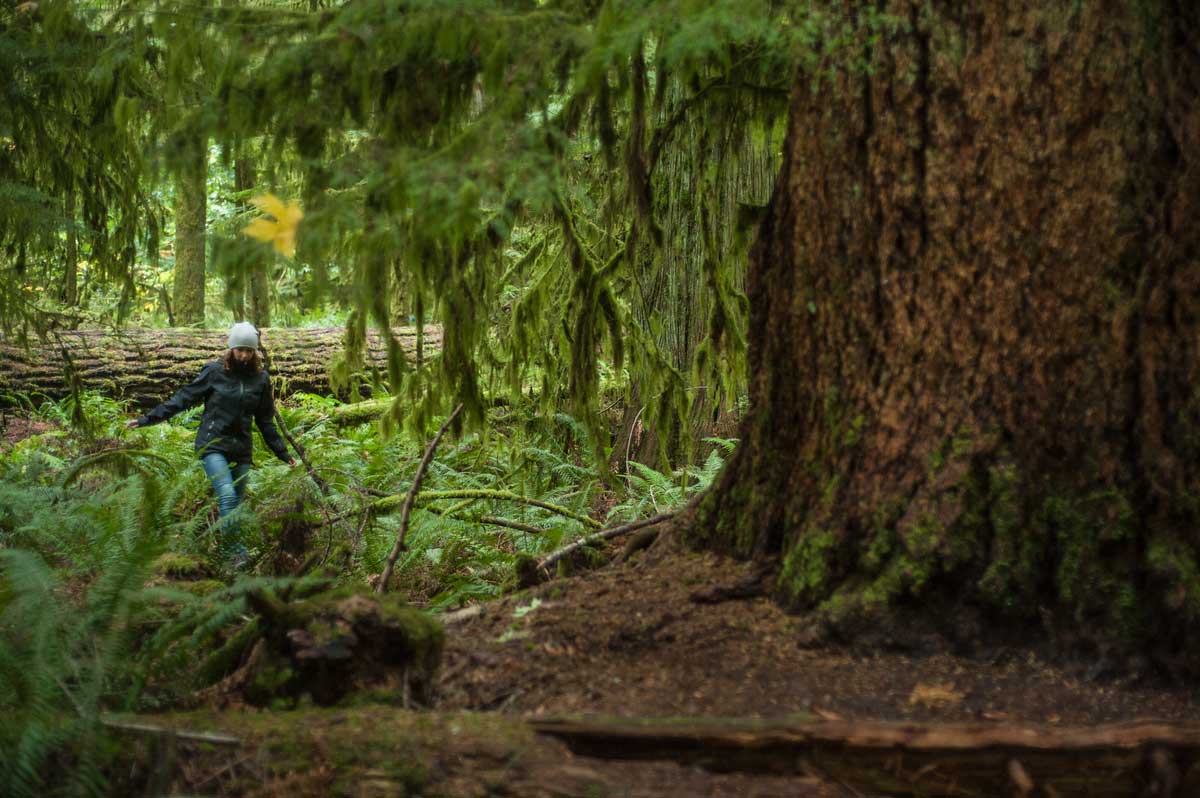
Beyond the pace of travel, we can also consciously choose activities that help cultivate mindfulness, those experiences that allow us to disconnect from the everyday, tune into our senses, and focus on the here and now. Perhaps joining a local guide in a sunrise meditation, or morning yoga session on the beach. Try immersing yourself in the fresh, quiet atmosphere of a nearby forest. An activity like walking in the woods or ‘forest bathing’, where we make space for listening, quiet, accepting presence, and for inquiry through all of our senses, is said to have immense therapeutic and healing benefits (7). Similarly, activities that provide some challenge, like hiking a mountain or going for a long kayak, can help us stay grounded and mindful in the moment where we’re able to steady our mind and tune into our emotions and the sensations in our body.
3. Preparing for Cultural Connections
One of the key motivators to travel is often to immerse ourselves in a culture that is different from our own, where there is great opportunity for unique and educational experiences. However, it is important to consider how we approach connecting to the people and communities we visit, and our mindset throughout. Our travel experience is not just our own – we are guests here, and we must be mindful of our actions and behaviours and how we are impacting the people and environment around us.
The first step is considering our cultural context and any biases or preconceptions we may have of the people and culture we’re visiting. This is especially important where there exists significant cultural and historical differences in the destination from those to which we are accustomed. Begin by reflecting on these considerations at home, where we can start to manage our expectations and establish a mindset of openness and respect towards the people and places we will visit.
In her book “Beyond Guilt Trips: Mindful Travel in an Unequal World”, Anu Taranth eloquently explores the issues associated with cross-cultural interactions; a book that should be considered required reading for anyone looking to immerse in a different culture. She says:
“Mindful travel in an unequal world isn’t about getting on a plane to go somewhere — it’s about paying attention, and noticing positionality in relation to each other. It’s about understanding that we are all living in a much longer history that has put us in different positions of advantage and disadvantage, and equipped us with very few tools to talk about it.”
To mindfully approach our cultural journey, we can start by seeking out experiences that are rooted in the community – from locally-guided tours to locally-owned accommodation – where we have the opportunity to authentically engage with and learn from the local culture. Look to trusted guides and leaders to help us navigate difficult conversations about culture and history, and to help us cultivate understanding and appreciation for our differences as well as our commonalities. Travel gives us the incredible chance to learn and grow as people, but we must remember to approach this opportunity with curiosity, an open mind, and deep respect.
4. Finding Space for Reflection
Giving ourselves the time and space to reflect on our experiences is an essential part of mindful travel. Whether it’s sitting quietly with our thoughts, journaling in a notebook, or using creative art, reflection turns our attention inward and helps us to process the events of the day. Journaling is a great tool for reflection, where we have the chance to recount the events of the day and check in with our body and mind. It can be helpful to record what you’re learning and experiencing, any uncomfortable feelings you’re trying to process, or positive moments you don’t want to forget. This can also be a time to check in with our intentions and purpose for the trip – those we uncovered before we left home – and mindfully observe and accept how things may have changed. Once back home, take some time to observe and reflect on the experience as a whole. Revisit your journal from time to time to remind yourself of all that you’ve learned, your perceptions and the value you’ve created in your life from your experiences.
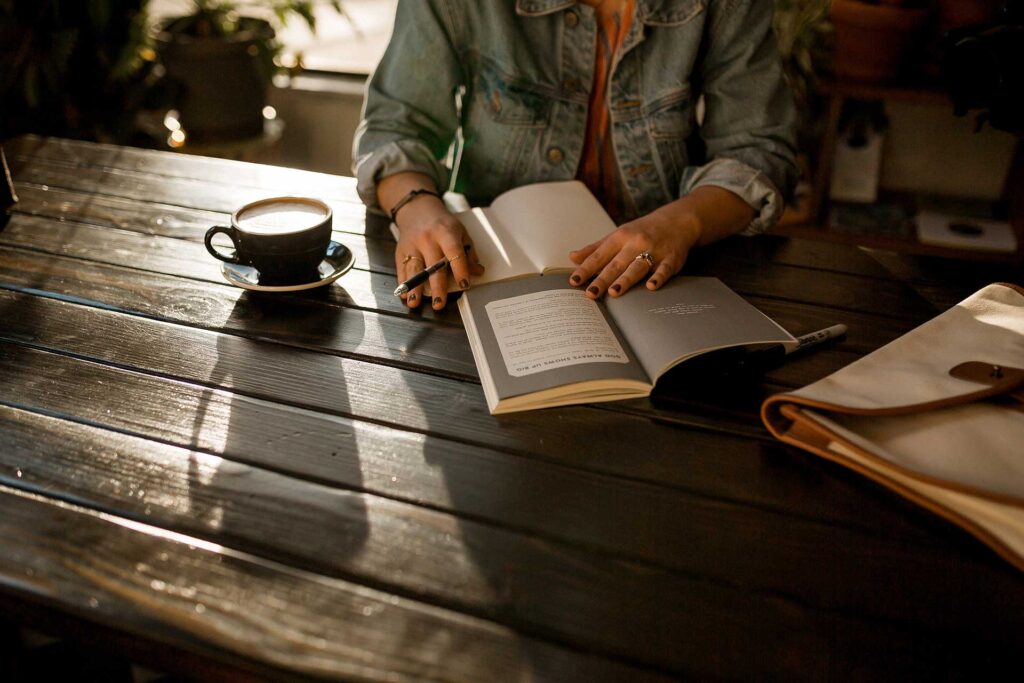
Reflective journaling supports mindfulness by encouraging us to pause and tap into our senses and all that we’re feeling and thinking in the moment. Journaling has a range of proven benefits to our mental health, such as increasing positive thoughts and reducing stress and anxiety (9). It can be an important practice while both travelling and at home; a useful tool to navigate through our days, make sense of our thoughts, and find meaning and acceptance in our experiences. While it’s easy to get pulled back into our busy everyday lives after travel, we can consciously dedicate time to reflection and journaling by setting calendar reminders or a daily practice at the same time each day.
Mindfulness in the Everyday
While we wait to venture out on our next trip, we can start to consciously build the tools of mindfulness into our everyday lives. Remember to take it slow. Go for a long walk, or call up a good friend and get lost in conversation. Use your breath to help ground you in those stressful moments, and take a pause to let the moments of joy sink in deep. Take time to write or draw or move your body, while tuning into all your senses, thoughts and emotions as they are.
Practicing mindfulness at home and abroad can take many forms, and we must find what works best for us to bring the benefits we desire. When we’re ready to travel again, approaching the experience with a more grounded, curious, and open-mind will support us in cultivating deeper connections, enjoyment, and fulfillment from our experiences, while creating a more positive outcome for the people and places we visit.
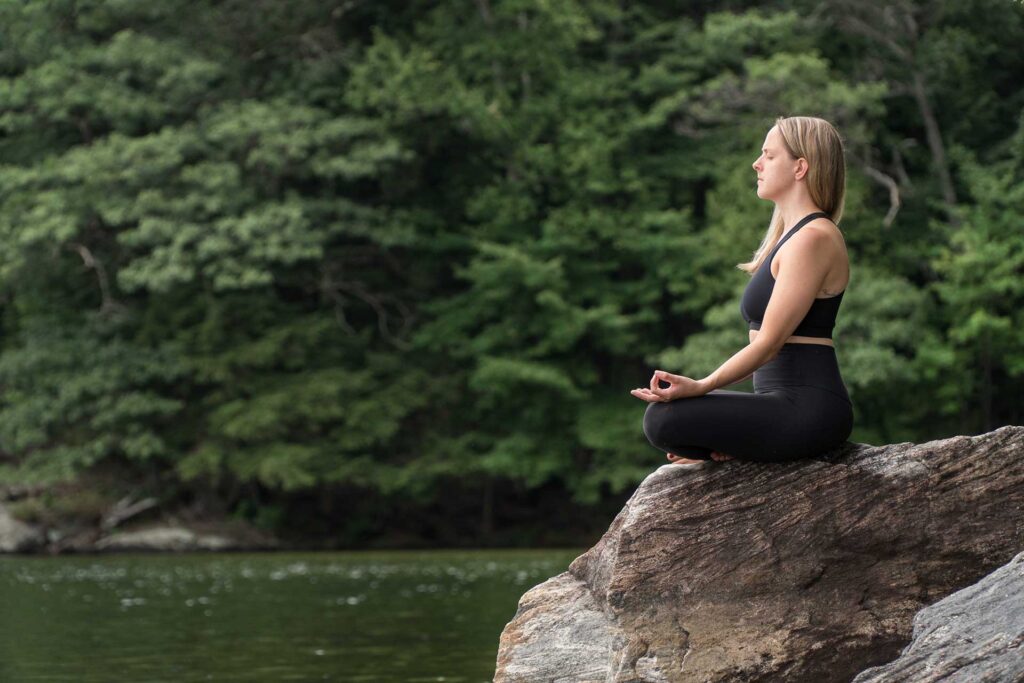
To learn more about mindfulness and meditation, check out Mindful.org’s ‘How to Meditate‘, or sign up for a free trial of the Calm or Headspace apps. Mind Body Green has a useful article and video with Mallika Chopra exploring how we can incorporate mindfulness into our everyday lives. There are also many enlightening books on mindfulness, like ‘The Power of Now‘ by Eckhart Tolle; ‘Wherever You Go, There You Are’ and others by Jon Kabat-Zinn; and ‘Fully Present: The Science, Art, and Practice of Mindfulness‘ by Susan L. Smalley and Diana Winston.
Looking for a mindful travel experience in British Columbia? Check out our Immersive Retreats and other group tours in rural BC. Each trip integrates light adventure, cultural immersive, and a focus on personal wellness and connection.
Sources:
- Keng, Smoski, Robins (2011), “Effects of Mindfulness on Psychological Health: A Review of Empirical Studies”. Clinical Psychology Review. V.31.6, Pg. 1041 – 1056.
- Mindful.Org, “Getting Started with Mindfulness“
- Mind Body Green (2021), “3 Steps to Cultivating A More Mindful Life wityh Movement & Journaling“
- Mindful.Org (2019), “How to Meditate“
- Mind Body Green (2021), “How to Incorporate Mindfulness Into Your Life: An Exclusive Conversation with Tara Stiles, Mallika Chopra, & Colleen Wachob“
- Smarter Travel (2019), “The Art of Slow Travel“
- Association of Nature & Forest Therapy Guides & Programs, “What is Forest Therapy?“
- Ana Taranath (2019), “Beyond Guilt Trips: Mindful Travel in an Unequal World“
- Alicia Nortje / Positive Psychology (2021), “Journaling for Mindfulness: 44 Prompts, Examples, and Exercises“
- Therese Sivertsson / Blinkist (2020), “Mindfulness Books to Help You Find Your Zen“
- The Transformational Travel Council’s Transformational Travel Designer Course

